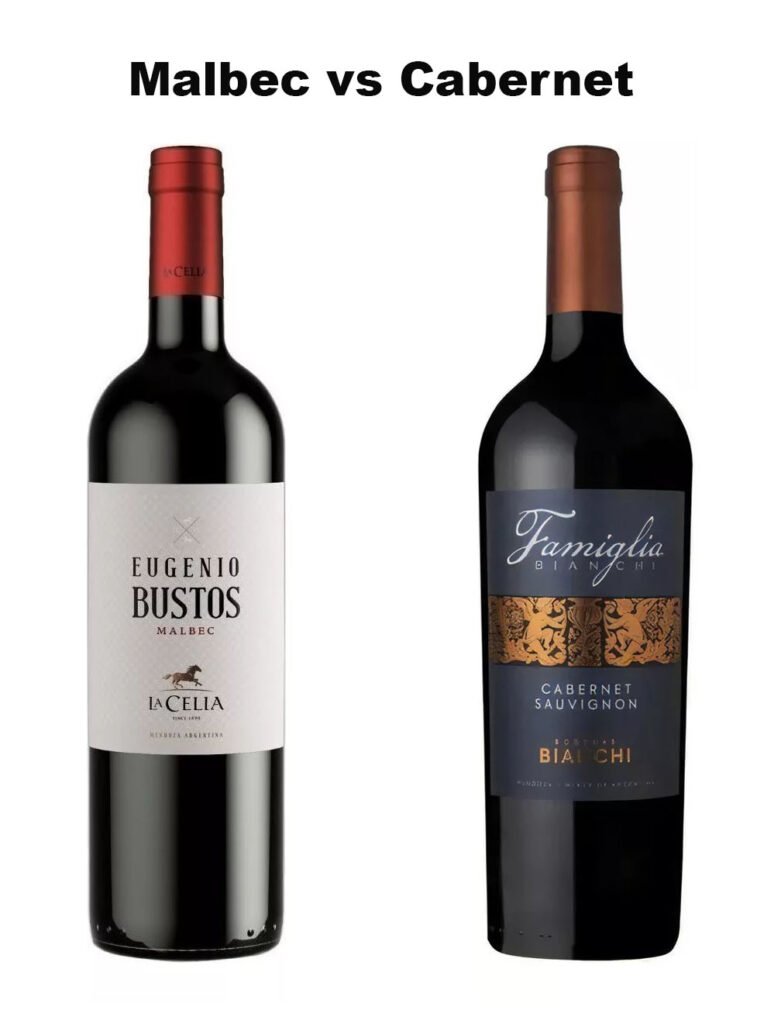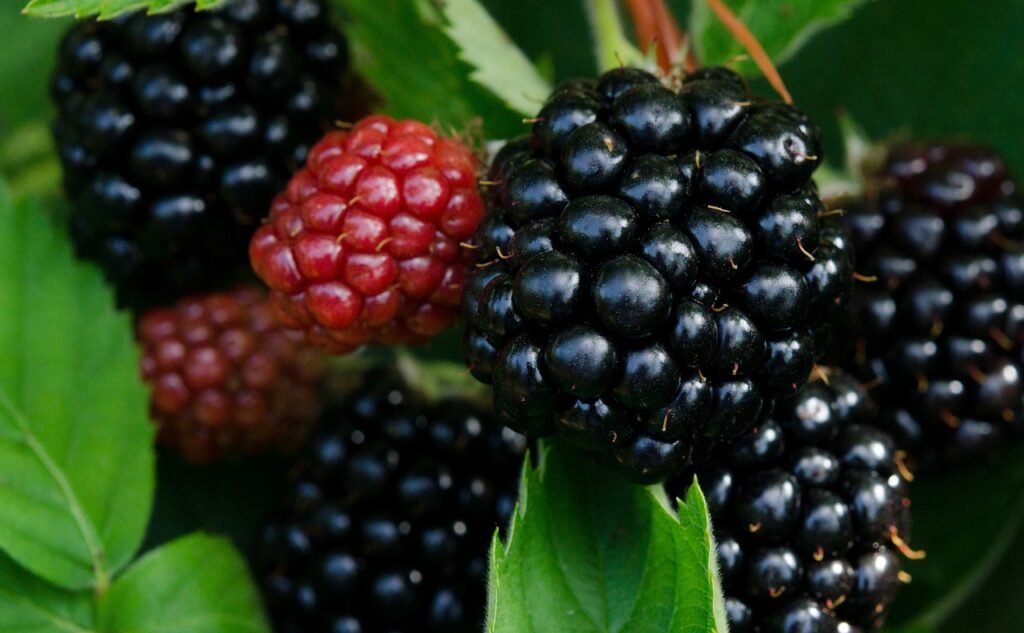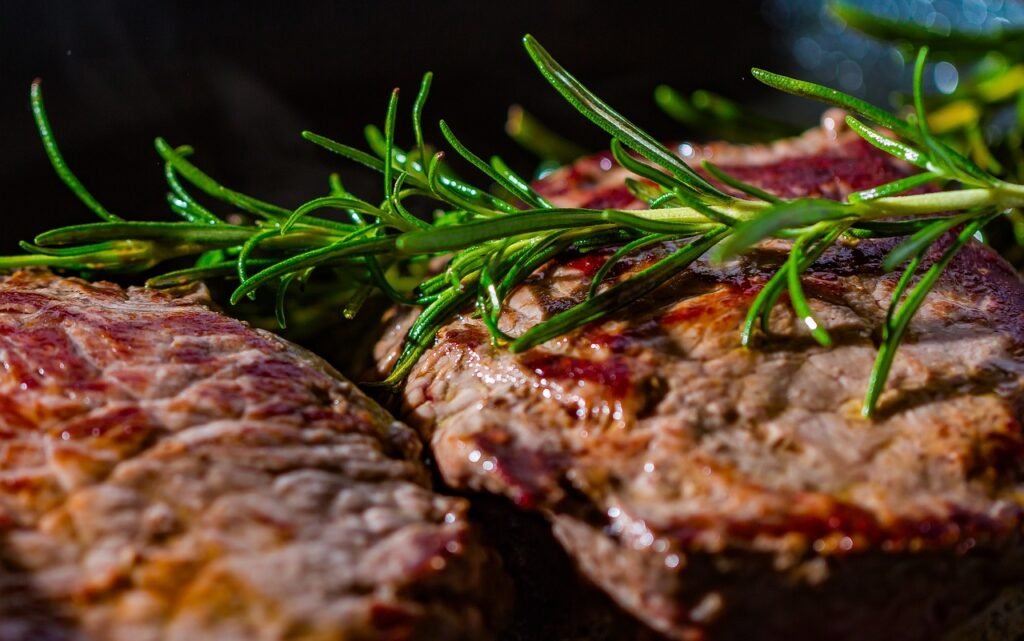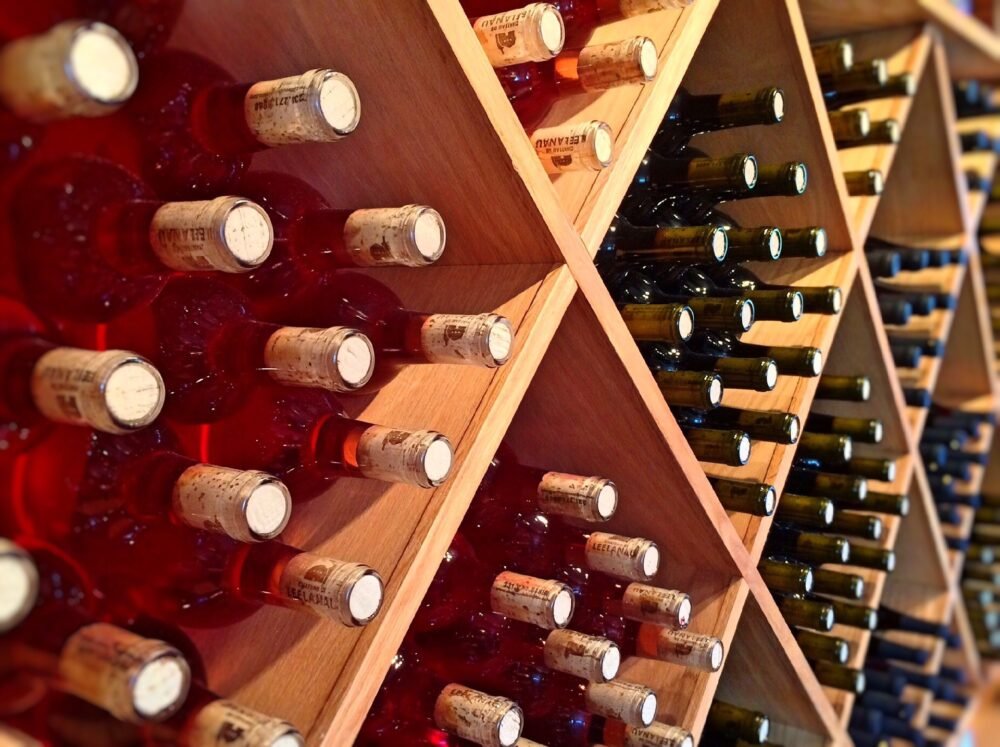Malbec vs Cabernet: What is the Difference
Malbec vs Cabernet: these are two red wine grapes. Both are delicious and filled with Moorish and brooding black fruits. Also, both originate from France. So, in this article, we’re going to compare the bold, fruit-forward notes of Malbec with the structured elegance of Cabernet Sauvignon.

Table of Contents
Origins and Terroir
Malbec is often associated with the lush vineyards of Argentina. But this wine finds its roots in France, particularly in the Cahors region. Its vine thrives in warmer climates, developing intense flavours when exposed to the sun-kissed slopes of high-altitude vineyards. On the other hand, Cabernet Sauvignon reigns supreme in Bordeaux, France. But it has also found success in regions like California, Australia, and Chile. Its vine prefers well-drained soils and temperate climates, showcasing its best qualities in regions with a long growing season.

Malbec vs Cabernet: Flavour Profile
Malbec delights with its plush, velvety texture and an explosion of ripe fruit flavours. Expect notes of blackberry, plum, and black cherry, often accompanied by hints of cocoa, tobacco, and violet. Its moderate tannins and vibrant acidity contribute to a smooth and approachable palate. So, this makes it an excellent choice for casual sipping and pairing with a wide range of dishes.
In contrast, Cabernet Sauvignon boasts a more structured and robust profile. It exudes aromas of blackcurrant, blackberry, and cedar, with nuances of mint, graphite, and vanilla. Firm tannins and pronounced acidity lend depth and longevity to the wine. So, this results in a bold and age-worthy character. Cabernet Sauvignon’s complexity shines through when paired with hearty fares like grilled meats, aged cheeses, and savoury stews.

Malbec vs Cabernet: Ageing Potential
While both Malbec and Cabernet Sauvignon can age gracefully, their ageing trajectories differ because of variations in acidity, tannin levels, and fruit concentration. To begin with, Malbec has softer tannins and an approachable nature. So, you can enjoy it best in youth to fully appreciate its vibrant fruitiness. However, certain premium Malbecs from esteemed vineyards and vintages can evolve beautifully over time, gaining complexity and tertiary aromas with age.
On the other hand, Cabernet Sauvignon thrives with extended ageing, thanks to its robust structure and high levels of tannins and acidity. Well-made Cabernets often improve in the bottle for several years, developing tertiary aromas of leather, tobacco, and earth while maintaining their fruit integrity. Mature Cabernet Sauvignons offer a sensory journey that showcases the evolution of flavours and textures, rewarding patience and careful cellaring.
Malbec vs Cabernet: Food Pairing
When it comes to food pairing, both Malbec and Cabernet Sauvignon complement a wide array of dishes, although in different ways. Malbec’s softer tannins and fruit-forward profile make it a versatile partner for various cuisines, including grilled meats, roasted vegetables, and tangy barbecue sauces. Its acidity cuts through rich and fatty foods, cleansing the palate with each sip.
On the other hand, Cabernet Sauvignon’s bold structure and intense flavours demand hearty fare that can match its intensity. Think prime rib-eye steak, lamb chops, or aged cheddar cheese. So, the robustness of Cabernet Sauvignon stands up to robust flavours, creating a harmonious pairing that elevates the dining experience.

Conclusion
While Malbec and Cabernet Sauvignon share a reputation for excellence, they offer distinct expressions that cater to different preferences and occasions. Whether you’re drawn to the plush fruitiness of Malbec or the bold elegance of Cabernet Sauvignon, exploring the nuances of each varietal promises a rewarding journey through the world of wine. Cheers to the diversity of flavours that make the wine world endlessly fascinating!






